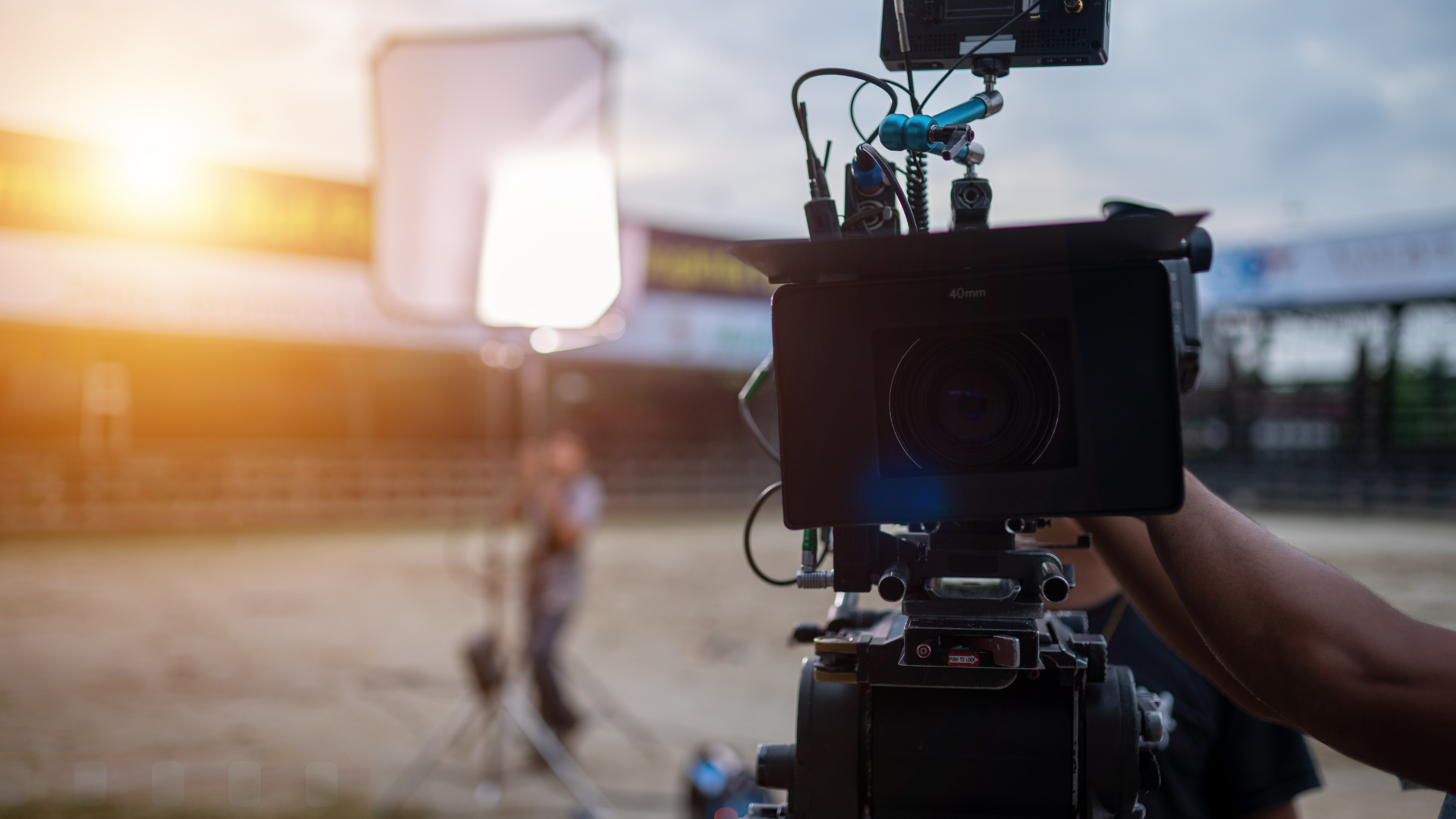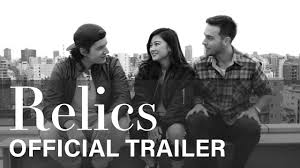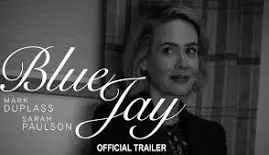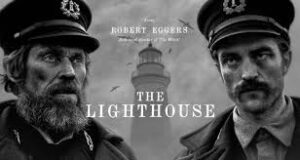How Different Budgets Visually Shape a Film
When it comes to filmmaking, cinematography plays a pivotal role in how a story is told visually. But what happens when the budget is either nonexistent, indie-level, or backed by a major industry? In this post, we’ll explore how cinematographers adapt their craft based on the resources available, as highlighted in this enlightening video from In Depth Cine that compares three black-and-white films with varying budgets: Relics, Blue Jay, and The Lighthouse.
The Power of Cinematography: More Than Just Gear
Cinematography isn’t simply about having the best gear; it’s about using the tools at hand to convey emotion, character, and story. The video’s analysis shows that no matter the budget, a good cinematographer can create compelling visuals. So, let’s break down how three films, shot on three different budget levels, were brought to life with unique and creative approaches.
No Budget: “Relics” – Making the Most of What You Have
“Relics,” shot with absolutely no budget, is a perfect example of resourcefulness. Directed and co-produced by the filmmaker in 2015, this black-and-white feature was created with friends as actors, a DIY script, and a Canon 550D DSLR camera. With no money for lighting or props, the film leaned heavily on natural light.
Shooting in black and white helped the filmmakers create a specific mood and tone, and allowed them to focus on what they could control—such as framing, shot selection, and blocking. The video’s cinematographer explains how simple yet effective lighting techniques were employed, like placing actors near windows for natural light during day scenes. It’s a beautiful reminder that even without a hefty budget, a clear vision and smart choices can produce stunning, meaningful visuals.
Key Takeaway: The beauty of “Relics” lies in how the filmmakers embraced limitations and used what was available to them creatively. Even with no money, you can still tell a powerful visual story if you focus on the basics of cinematography.
Indie Budget: “Blue Jay” – Low Budget, High Control
Next, we move to a low-budget indie film: “Blue Jay.” With a modest budget, this film gave the filmmaker more flexibility to rent gear, hire actors, and choose locations. Shot on the Canon ME-20, a high ISO camera originally designed for military use, the film embraced a minimalist visual style. The decision to shoot in black and white simplified the film, removing color distractions and keeping the focus on the characters and their dialogue.
The filmmakers also had a bit more control over lighting. Using LED lights, practicals like Christmas lights, and other inexpensive setups, they created a soft, balanced look that brought out the characters’ emotions without overwhelming the frame.
Key Takeaway: “Blue Jay” demonstrates that with a little more financial freedom, you can add technical enhancements that help tell the story, all while keeping a tight focus on what matters most—the characters.
Industry Budget: “The Lighthouse” – Mastering the Craft with Resources
At the other end of the spectrum lies “The Lighthouse,” a film with a significant industry budget. With plenty of resources at their disposal, the filmmakers were able to choose the best technical tools for the job, including Kodak Eastman Double-X film stock and vintage Bausch & Lomb Baltar lenses.
Shot in black and white to evoke a vintage, weathered look, the cinematographer, Jarin Blaschke, used a custom Schneider filter to achieve an orthochromatic effect. This approach was designed to replicate the visual style of early 19th-century photography, enhancing the gritty and worn-down appearance of the film’s characters.
Lighting was another area where the industry budget allowed for precision. Blaschke used powerful light sources to properly expose the film’s slow film stock and created soft, natural light by bouncing large lights off muslin fabric. The result? Cinematic perfection, with expertly crafted shots and beautifully composed frames.
Key Takeaway: With an industry budget, cinematographers have the freedom to select the right tools and techniques to craft each shot with incredible precision. The extra resources give them the ability to bring their vision to life in ways that are simply impossible on lower budgets.
Conclusion: Money vs. Creativity in Cinematography
As we’ve seen, the budget significantly impacts a film’s visual style, but it doesn’t guarantee the best cinematography. It’s not just about having more money for gear; it’s about how the cinematographer uses what they have at their disposal. Whether on a no-budget film like Relics, a low-budget indie project like Blue Jay, or an industry-backed feature like The Lighthouse, the role of the cinematographer remains the same: to tell a story through light, composition, and visual storytelling.
The video offers a powerful message: while more money gives cinematographers more control and options, the skill and vision of the cinematographer are what ultimately make or break a film’s visuals. A talented DOP (Director of Photography) can turn even the smallest budget into something extraordinary.
To watch the video and gain deeper insights into cinematography at different budget levels, be sure to check it out [here].





